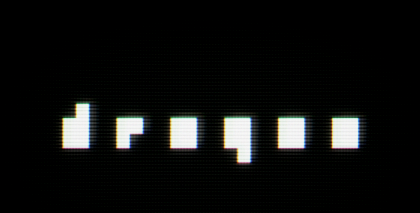P. 360, "ESSENTIAL CENTERS NOT GIMMICKS"
. . . examples of developer architecture and postmodern "image" architecture, which put the accent on image, not on the essentials. . . . the accent is on the box, not the flowers. . . . In the fancy staircase balustrade, all the emphasis is on the impression which the balustrade will make --- not on the problem of holding on. . . . image-conscious, and sterile. . . phony.
-----
In the Italian case, the rough plastered trough for flowers is unobtrusive, what matters is the flowers. The flowers are intense, they are at just the right height to see them, smell them, experience them. . . . In the economical iron railing, which comes from an 11th-century palace, the essential thing is the beauty of the steps, and getting upstairs to the door. . . . simple, often cheap, and goes to the guts of the situation in a way that matters. . . real . . . They go to the heart of the structure that is already there, they summarize and encapsulate the essence of the real life that is going on in people's hearts.
. . . examples of developer architecture and postmodern "image" architecture, which put the accent on image, not on the essentials. . . . the accent is on the box, not the flowers. . . . In the fancy staircase balustrade, all the emphasis is on the impression which the balustrade will make --- not on the problem of holding on. . . . image-conscious, and sterile. . . phony.
-----
In the Italian case, the rough plastered trough for flowers is unobtrusive, what matters is the flowers. The flowers are intense, they are at just the right height to see them, smell them, experience them. . . . In the economical iron railing, which comes from an 11th-century palace, the essential thing is the beauty of the steps, and getting upstairs to the door. . . . simple, often cheap, and goes to the guts of the situation in a way that matters. . . real . . . They go to the heart of the structure that is already there, they summarize and encapsulate the essence of the real life that is going on in people's hearts.
